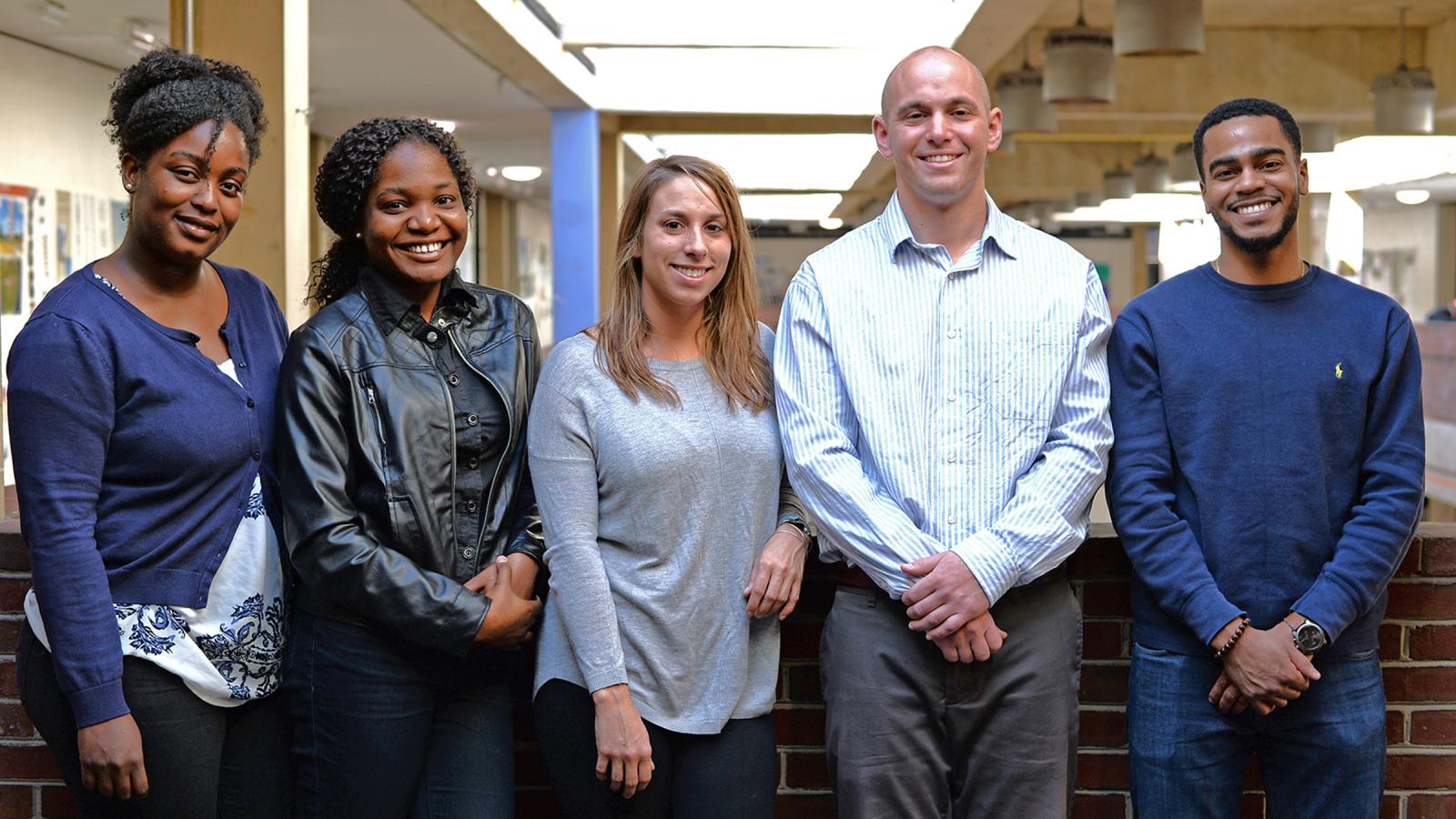An interdisciplinary team of graduate students from UMD’s School of Architecture, Planning and Preservation has won second place in the third annual HUD Innovation in Affordable Housing Student Design and Planning (IAH) Competition 2016, beating out over 80 teams from some of the finest and most prestigious graduate-level programs in the United States. After landing a finalist slot in February, UMD went head-to-head against three other competitors — Harvard University, UT Austin and the University of Kansas — on April 19, 2016 at HUD’s Washington, D.C. office to clinch the second-place title. Team Maryland is: Oluwatobi (Tobi) Thomas (MRED), Nicole Akpedeye (MCP/ARCH), Meghan Leahy (ARCH/MRED), Robert Grooms (ARCH/MRED) and David Brotman (MRED). Adjunct Professor Rob McClennan, AIA, is the team’s advisor.
The philosophy behind the IAH competition is that ideas and innovations from the next generation of professionals are essential to fulfilling the need for affordable, sustainable housing. The IAH challenges interdisciplinary, graduate-level teams to address the social, economic and environmental issues that surround a real-world housing problem in the United States, by creating innovative and original solutions through development, design and finance. This year’s competition asks teams to retrofit or replace an existing site in Santa Barbara, Ca, for family housing. UMD’s team created a new construction development which included 48 affordable housing units within 19 three-story town houses, 14 two-story townhouses, and a four-story multifamily development that included a food co-op, a community center, and easy access to a community garden nearby. The team says it aimed to challenge the perception of affordable housing, by offering a highly sustainable project that educates, enriches and that creates a sense of community.
“A desire for our project is to change the stereotype of what affordable housing looks like and how it functions,” said Robert, “so that when you look at it, you see a place that truly embodies the people who live there.”
The team was awarded $10,000 for their efforts. To learn more about HUD’s IAH competition, visit their website.

